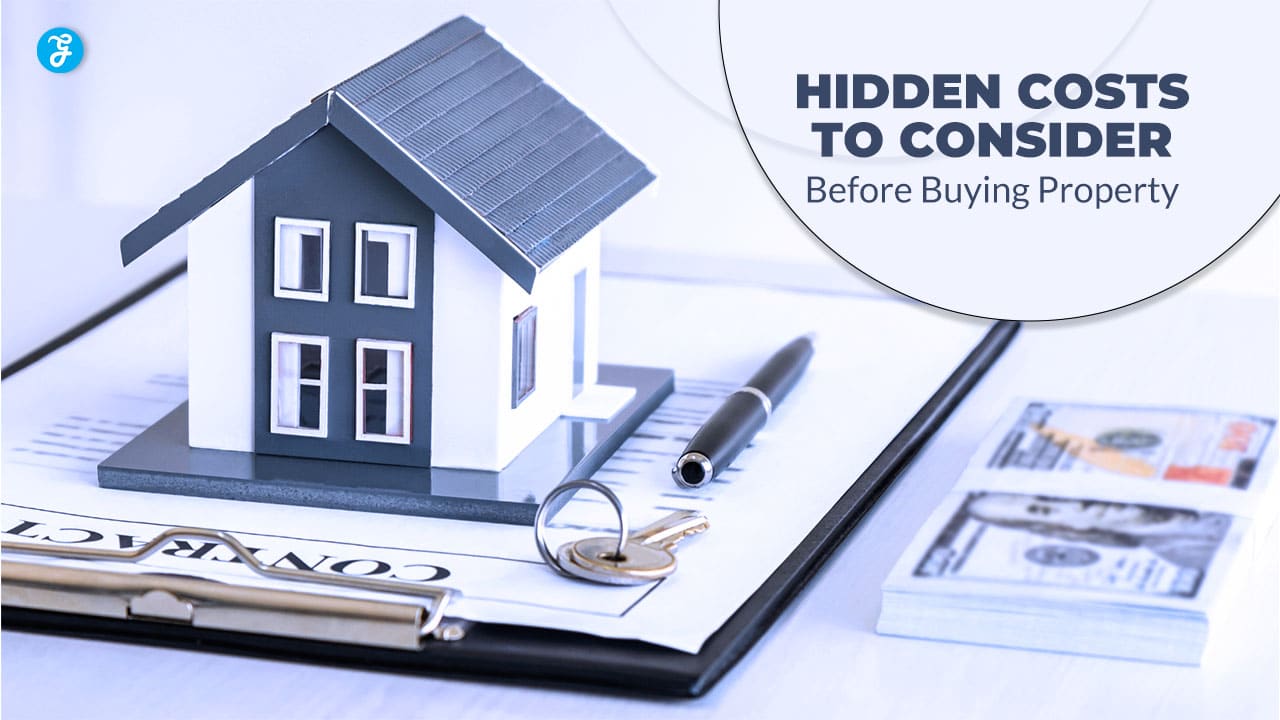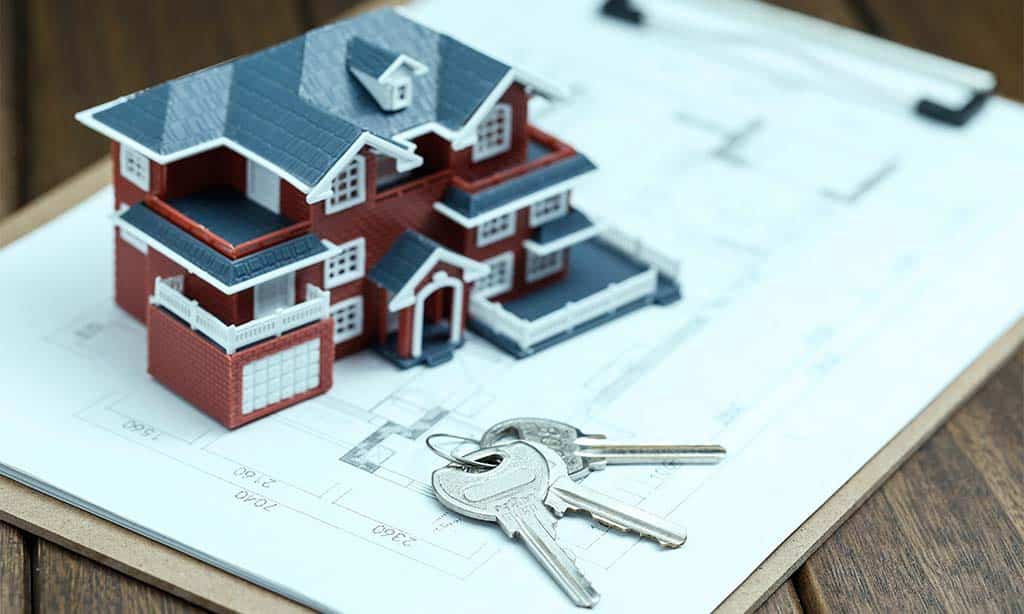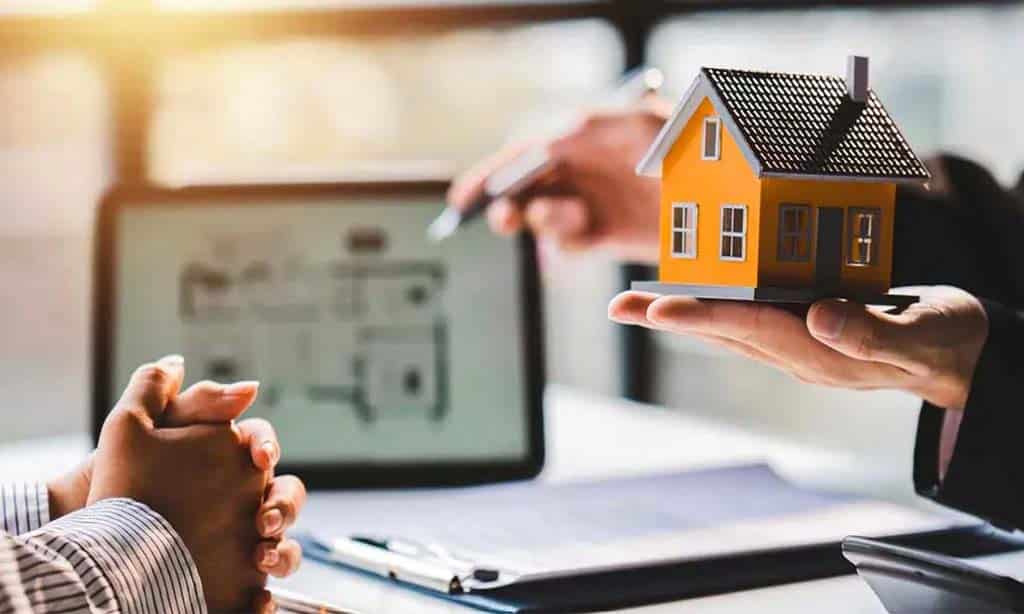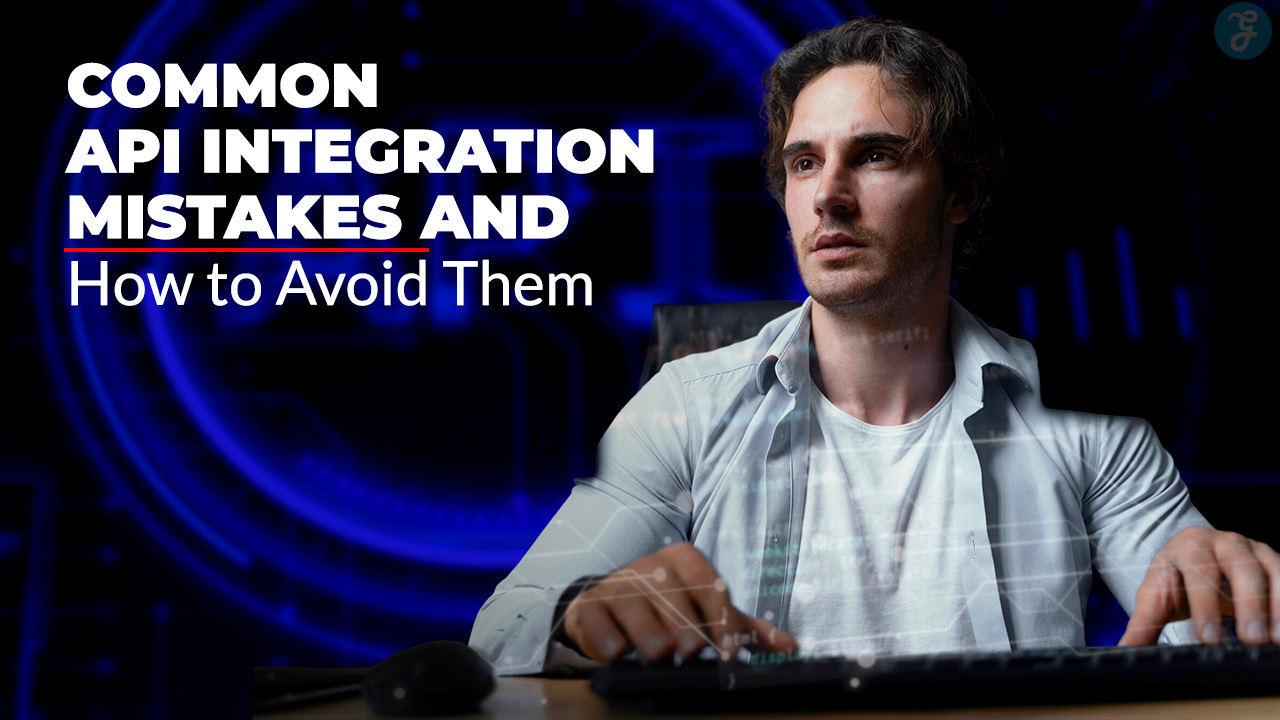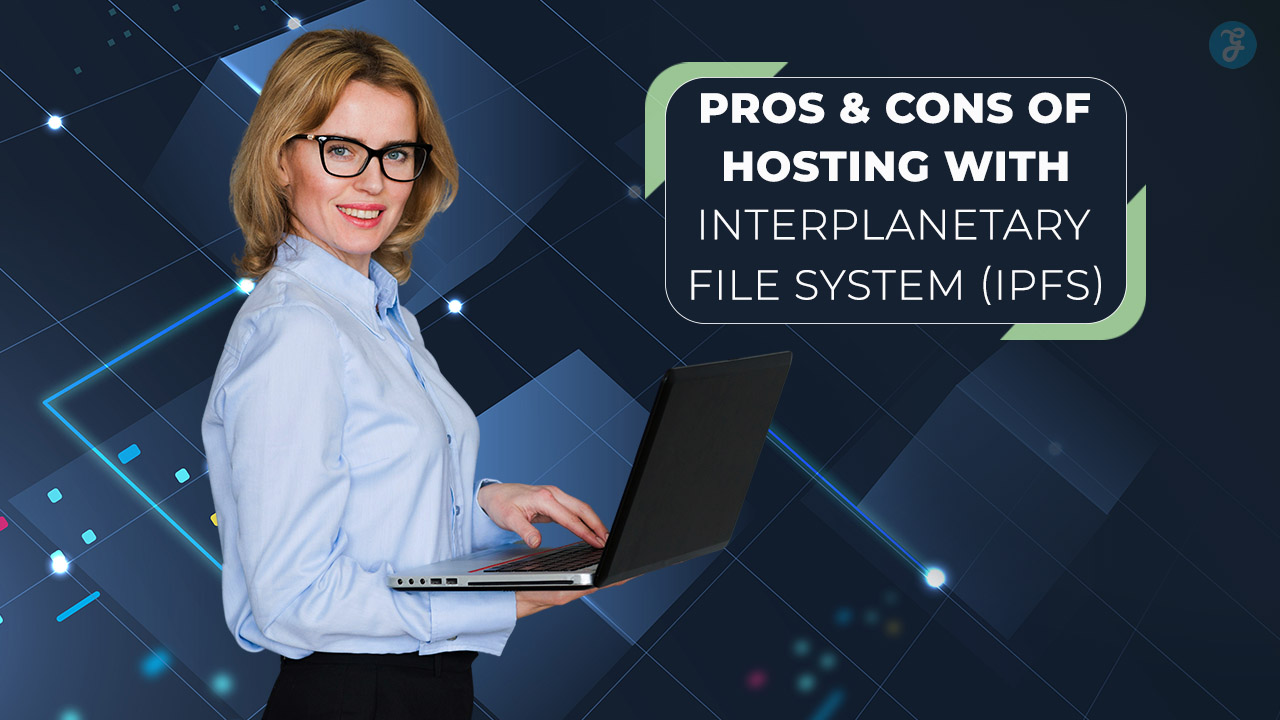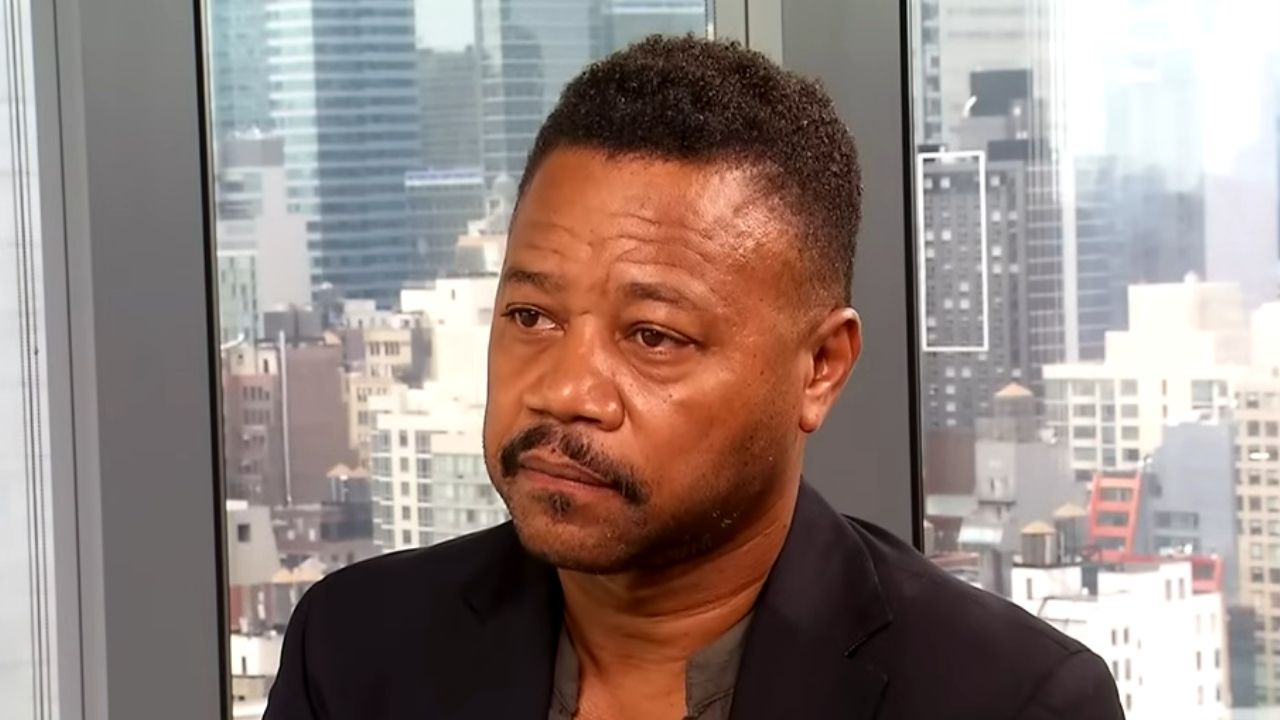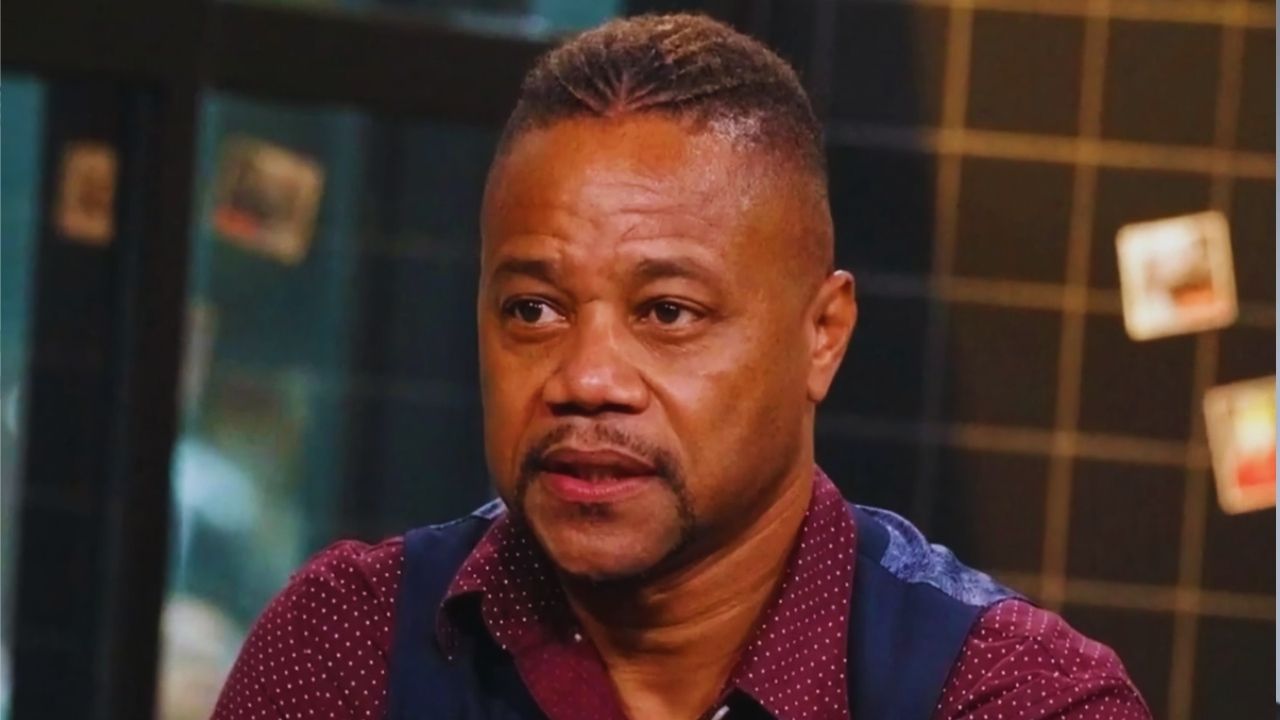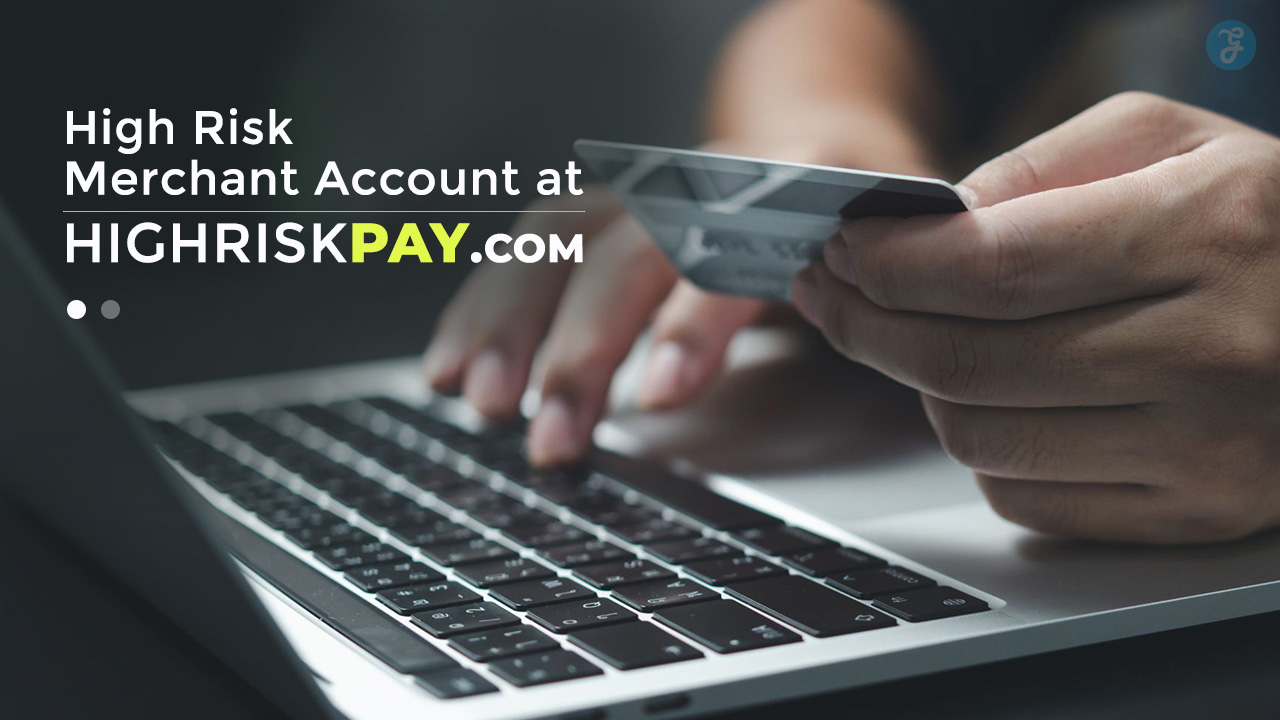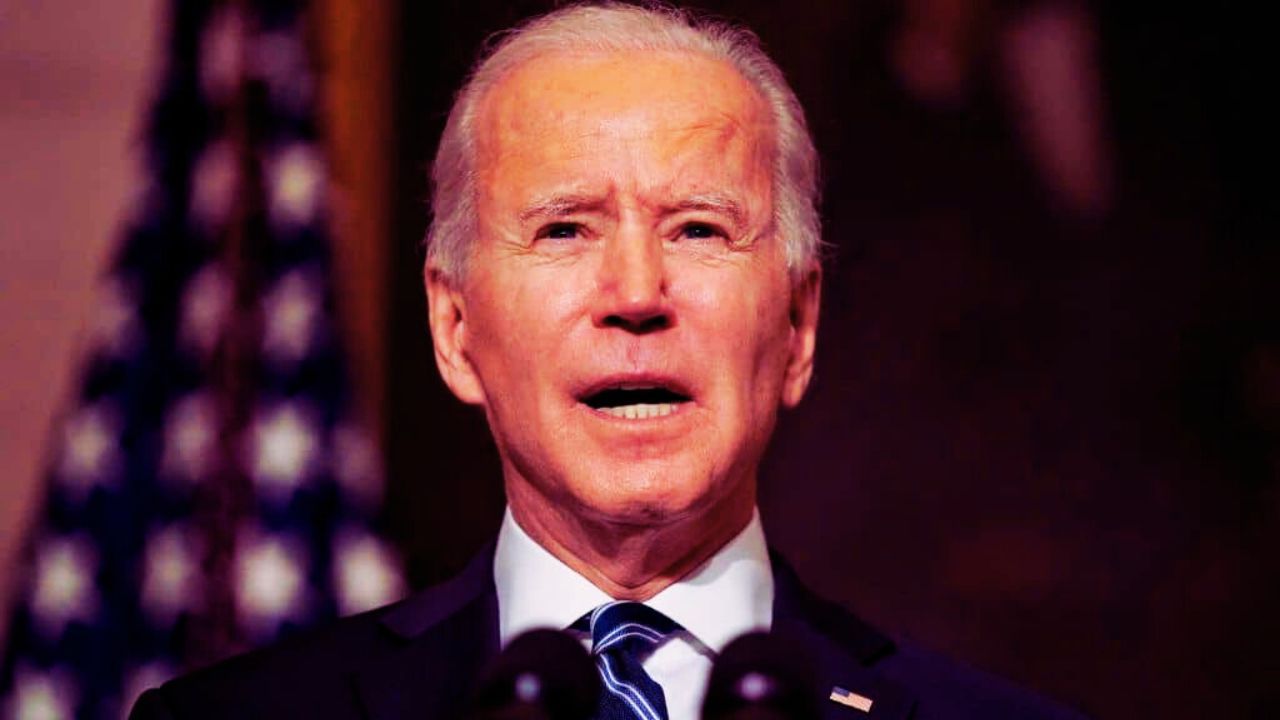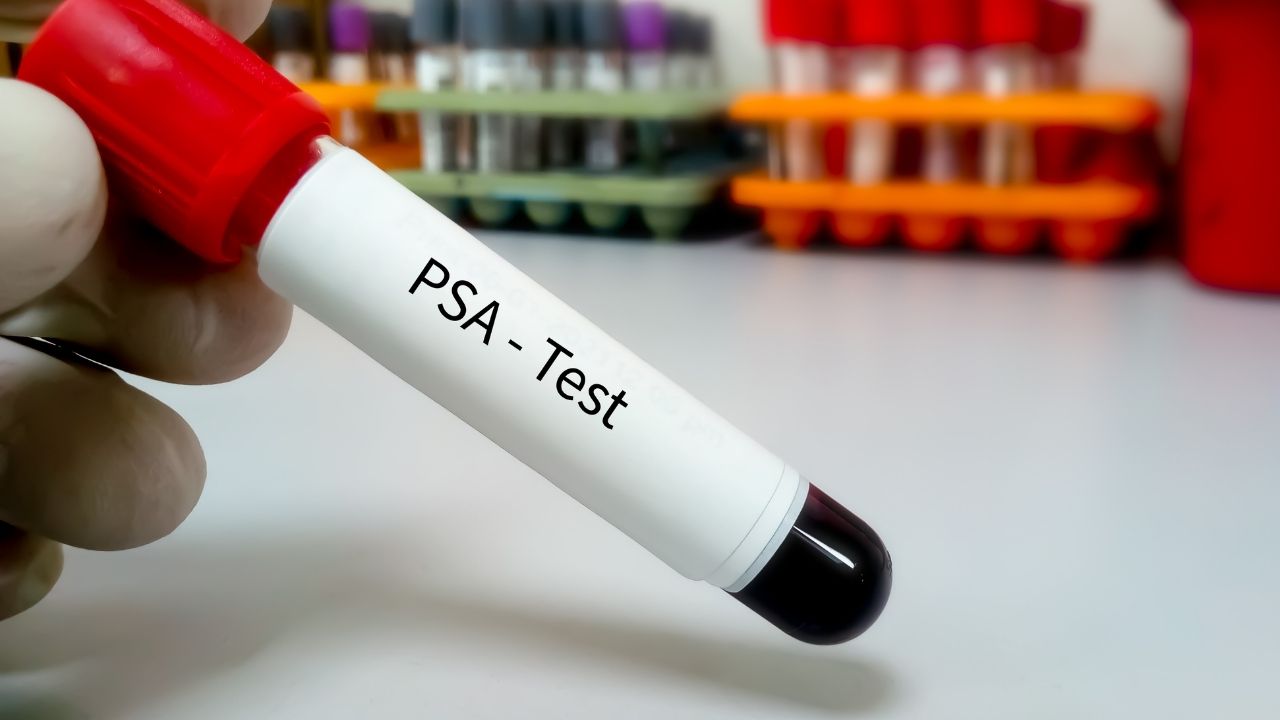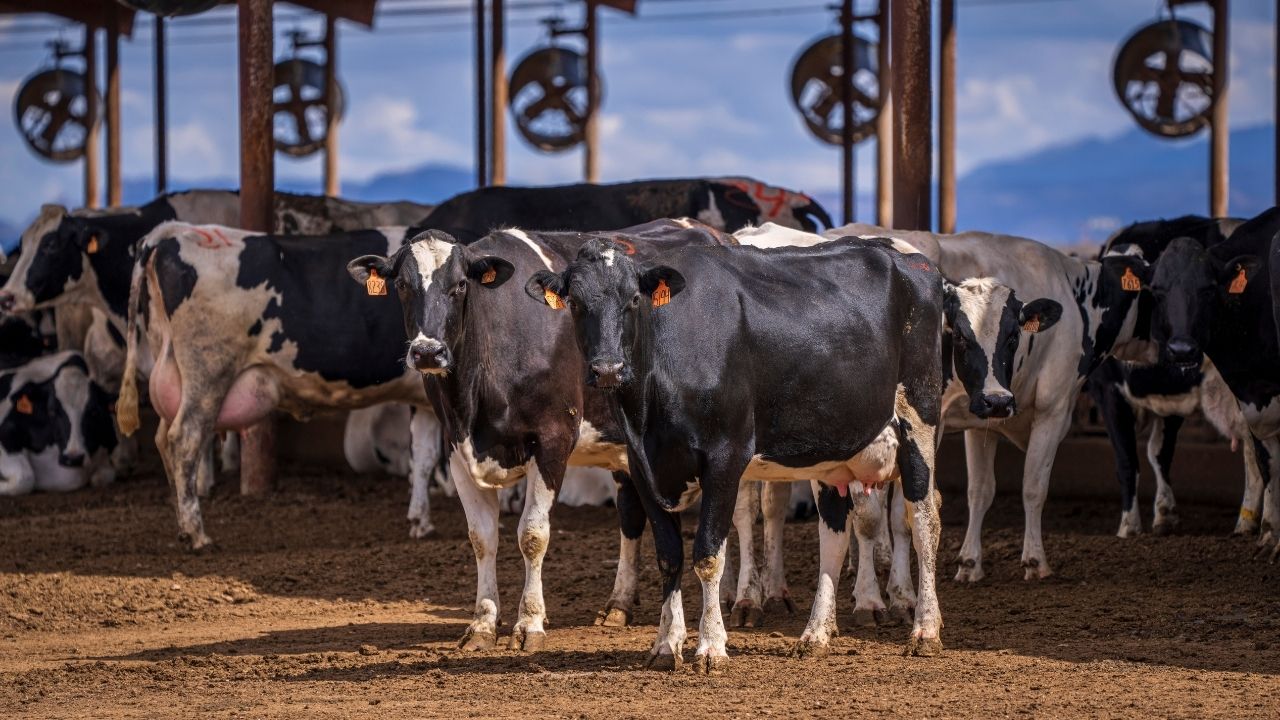Purchasing a property is an exciting milestone, but it comes with more than just the sticker price. While many buyers focus on the property’s market price, there are several hidden costs that can dramatically inflate your budget. Overlooking these expenses can lead to unexpected financial strain or even regret about your purchase.
This article aims to guide you through the hidden costs of buying property, ensuring you make informed decisions. From legal fees to maintenance and taxes, we’ll provide an in-depth look at the expenses you might face when buying a home or investment property.
Owning property is a common goal for many, often seen as a symbol of stability and success. However, the process is not as simple as it seems. When calculating affordability, most buyers consider the upfront costs, like the down payment or the loan amount, but few account for the additional expenses.
Hidden Costs of Buying Property: 10 Key Expenses You Can’t Ignore
Hidden costs such as property taxes, loan fees, and utility setups can quickly add up. Whether you’re a first-time buyer or a seasoned investor, understanding these hidden costs will not only help you plan better but also protect you from financial surprises later.
Let’s break down these hidden costs to help you approach your property purchase with confidence.
1. Stamp Duty: A Government-Imposed Expense
Governments impose stamp duty as a tax on property transactions. The rate you pay depends on your property’s location, value, and type (residential or commercial). For some buyers, it can represent one of the largest upfront costs beyond the down payment.
How It Varies
- Property Value: The higher the property price, the higher the stamp duty percentage.
- Location: Each country, and often each state or province, has its own stamp duty regulations. For example, properties in the UK may have different rates compared to those in Australia or the U.S.
- Exemptions and Discounts: Some regions offer reduced rates or exemptions for first-time homebuyers.
Real-World Example of Stamp Duty Rates
| Country/Region | Stamp Duty Rates | First-Time Buyer Relief |
|---|---|---|
| United Kingdom | 0% to 12% (slab-based rates) | Relief on homes under £425,000 |
| Australia (New South Wales) | 1% to 5.5% | Relief for homes up to $650,000 AUD |
| United States (varies by state) | 0% to 2% | Exemptions uncommon |
2. Legal Fees: Essential but Often Overlooked
Buying property involves complex legal documentation, from verifying property titles to registering ownership. A solicitor or conveyancer handles all legal aspects, preventing costly disputes or delays.
Breakdown of Legal Costs
- Basic Legal Services: Includes drafting and reviewing contracts, verifying the property title, and ensuring compliance with local regulations.
- Additional Services: Addressing disputes, boundary issues, or complex ownership structures can add to the cost.
Cost Estimates
Legal fees can range between $1,000 and $5,000, depending on the property’s location and complexity.
3. Home Inspection Costs: A Crucial Safety Net
A home inspection provides an unbiased evaluation of the property’s condition. It uncovers structural issues, electrical problems, or pest infestations that could become costly repairs later.
Inspection Types and Costs
- General Inspection: Covers the foundation, roof, plumbing, and electrical systems. Costs typically range from $300 to $500.
- Specialized Inspections: For issues like mold, termites, or radon, expect additional costs of $100 to $300 per inspection.
Benefits of Inspections
Spending a few hundred dollars upfront can save you thousands in future repair costs.
4. Mortgage-Related Costs
Applying for a mortgage involves fees that many buyers overlook. These costs cover the lender’s administrative and risk assessment tasks.
Common Mortgage Fees
- Application Fee: Paid upfront to process your application, typically $200 to $500.
- Origination Fee: This fee is charged as a percentage of your loan amount, typically ranging from 0.5% to 1%. For a $300,000 loan, this can be $1,500 to $3,000.
- Private Mortgage Insurance (PMI): If your down payment is less than 20%, you may need PMI, costing between 0.5% and 1% of the loan annually.
5. Property Taxes: An Ongoing Expense
These are annual levies by local governments based on the assessed value of your property. They fund public services, such as schools, roads, and emergency services.
How Much Can You Expect to Pay?
Property tax rates vary by region, typically ranging from 0.5% to 2% of the property value annually. For a $400,000 property, this equates to $2,000 to $8,000 per year.
Planning Ahead
Research the local tax rates and include this recurring expense in your long-term budget.
6. Maintenance and Repairs: The Cost of Upkeep
Once you own a property, keeping it in good condition is your responsibility. This includes routine tasks like HVAC servicing, plumbing repairs, and repainting.
Annual Budget for Maintenance
Experts recommend setting aside 1-2% of your property’s value annually. For a $400,000 home, this amounts to $4,000 to $8,000 per year.
7. Homeowners Insurance
Homeowners insurance covers risks such as fire, theft, and weather-related damage. While it’s often mandatory for mortgage approval, its cost can vary significantly.
Average Costs
Basic coverage typically costs $1,200 to $2,000 annually, depending on your location and the level of protection.
Add-On Coverages
Consider additional coverage for natural disasters like floods or earthquakes, which may add several hundred dollars to your premium.
8. Moving Expenses: Relocating Isn’t Cheap
Moving costs can quickly add up, particularly for long-distance relocations. These expenses include hiring movers, renting trucks, and purchasing packing supplies.
Cost Estimates
- Local moves: $500 to $2,000
- Long-distance moves: $2,000 to $10,000
9. Utility Connection Fees
Activating essential services such as electricity, water, and internet requires initial setup fees.
Cost Breakdown
- Electricity/Gas: $50 to $150
- Internet and Cable: $50 to $200
10. Furnishing and Renovations
Most new homeowners make changes to suit their style or address outdated features.
Estimated Costs
- Furnishing a property can cost $5,000 to $15,000, depending on the size and quality of furniture.
- Renovations for kitchens or bathrooms can exceed $50,000, especially for premium upgrades.
Conclusion
Buying property is a rewarding but financially demanding journey. While the market price plays a significant role, buyers often find themselves unprepared for the hidden costs. From taxes and legal fees to maintenance and furnishing, these expenses can add up quickly.
The key to a successful property purchase lies in preparation. Conduct thorough research, consult professionals, and create a comprehensive budget that accounts for these hidden costs. With careful planning, you can ensure your property investment is a fulfilling and financially stable experience.


